13 Movie Franchises That Went to Space
We take a look at the movie sequels that attempted to up the ante by heading out of this world…
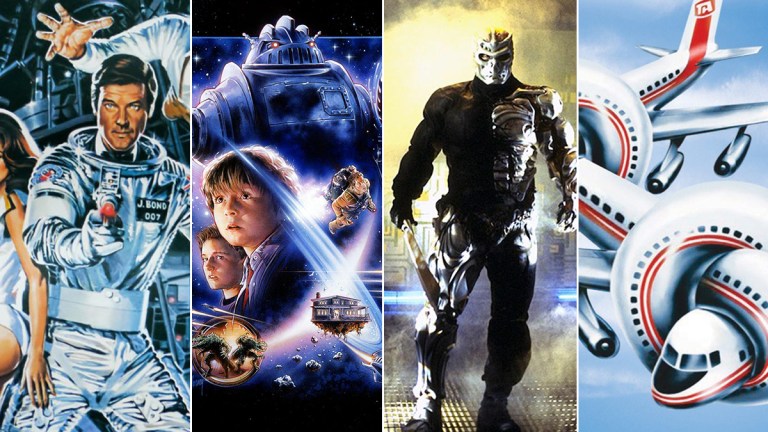
When it comes to the world of franchise moviemaking, space really is the final frontier. Boldly going where no previous entry has gone before represents an easy win for a studio looking to enliven a particular film property. The Fast and Furious franchise is the latest to be weighing up one giant leap for mankind with Chris Morgan, the writer of Hobbs & Shaw, open to taking Dominic Toretto et al into space.
“I would never shoot down space,” Morgan told Entertainment Weekly. “Never, never. I would literally never shoot down anything, as long as it hits the parameters: ‘Is it badass? is it awesome? Will the audience love it? And will it not break faith with the audience as they’re watching it?’ I’m down for whatever.”
But while taking the action into space may be a tried and tested route, the results have proven mixed, to say the least. Morgan and the Fast and Furious “family” would certainly do well to heed the warnings on offer here, as we look back at 13 movie franchises that went to space.
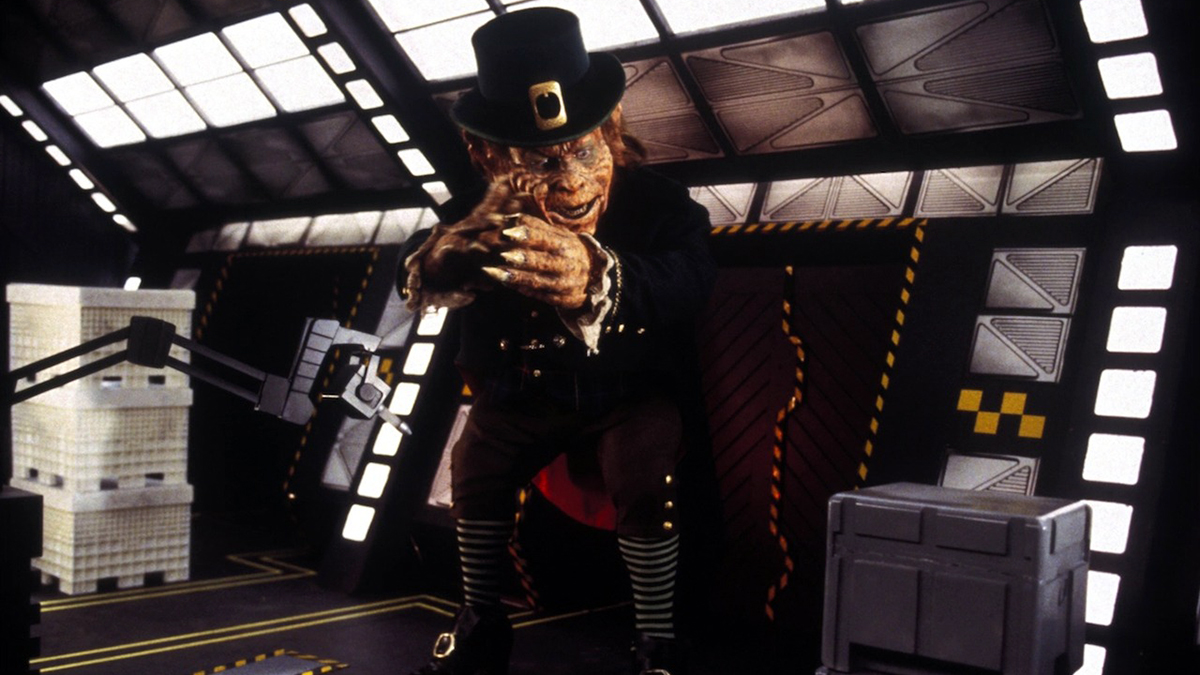
Leprechaun 4: In Space
After three films chronicling the murderous Earthbound antics of the titular Irish stereotype, the Leprechaun franchise took a turn out of leftfield in 1996 with a bizarre entry chronicling the malevolent mischief maker’s attempts at wooing a princess from another planet.
Standing in his way is a squad of space marines on a mission to establish peaceful relations with the princess’ homeworld. Bloody slasher mayhem ensues with Warwick Davis on fine form again as the Leprechaun, full of pithy one-liners and inventive ways of offing the film’s band of military types–in one instance, literally bursting out of a man’s penis.
read more: Best Horror Movies on Netflix
Though the scariest thing about the film is the cheap-looking sets and special effects, the presence of a half-naked German cyborg arch-villain and an experimental growth ray keeps things entertaining in a tongue-in-cheek kind of way. Incredibly, the franchise would find a way to push the envelope even further with the next entry, Leprechaun in The Hood.
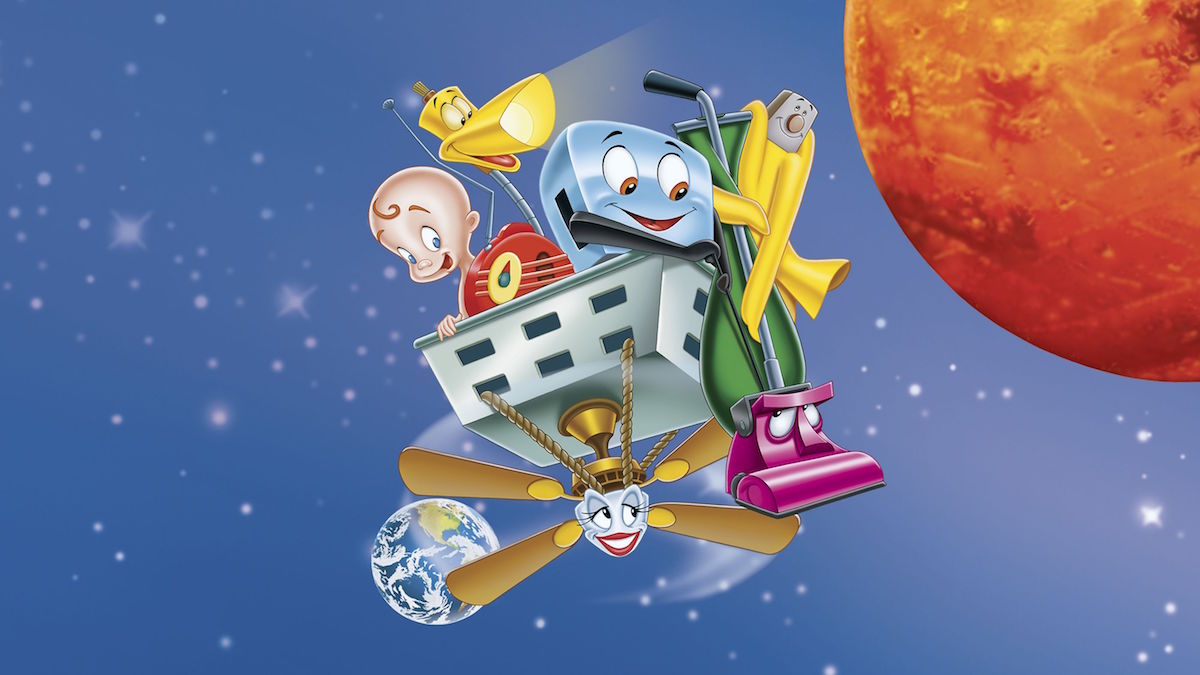
The Brave Little Toaster Goes to Mars
A sleeper hit upon release in 1987, word of mouth, TV repeats, and strong VHS sales saw The Brave Little Toaster granted two back-to-back, straight-to-video sequels a decade later. But while the first follow-up focused on the domestic animated adventures of a group of house appliances, the third went stratospheric with the gang heading to Mars to rescue their owners’ newborn son and return home before his parents realized something is amiss.
Leaving aside the logistical flaws of the film’s plot, which sees them travel to Mars using a ceiling fan and a microwave, things culminate in a bizarre encounter with a group of human-hating appliances, led by Albert Einstein’s long-discarded hearing aid, who have constructed a weapon of mass destruction they are preparing to launch against Earth.
read more: Best Classic Animated Movies to Stream on Disney+
Based on Thomas M. Disch’s book of the same name, the film struggles to find a balance between staying faithful to the source material and appealing to young kids. It is most notable for being DeForest Kelley’s (aka Dr. McCoy from Star Trek) final film role.
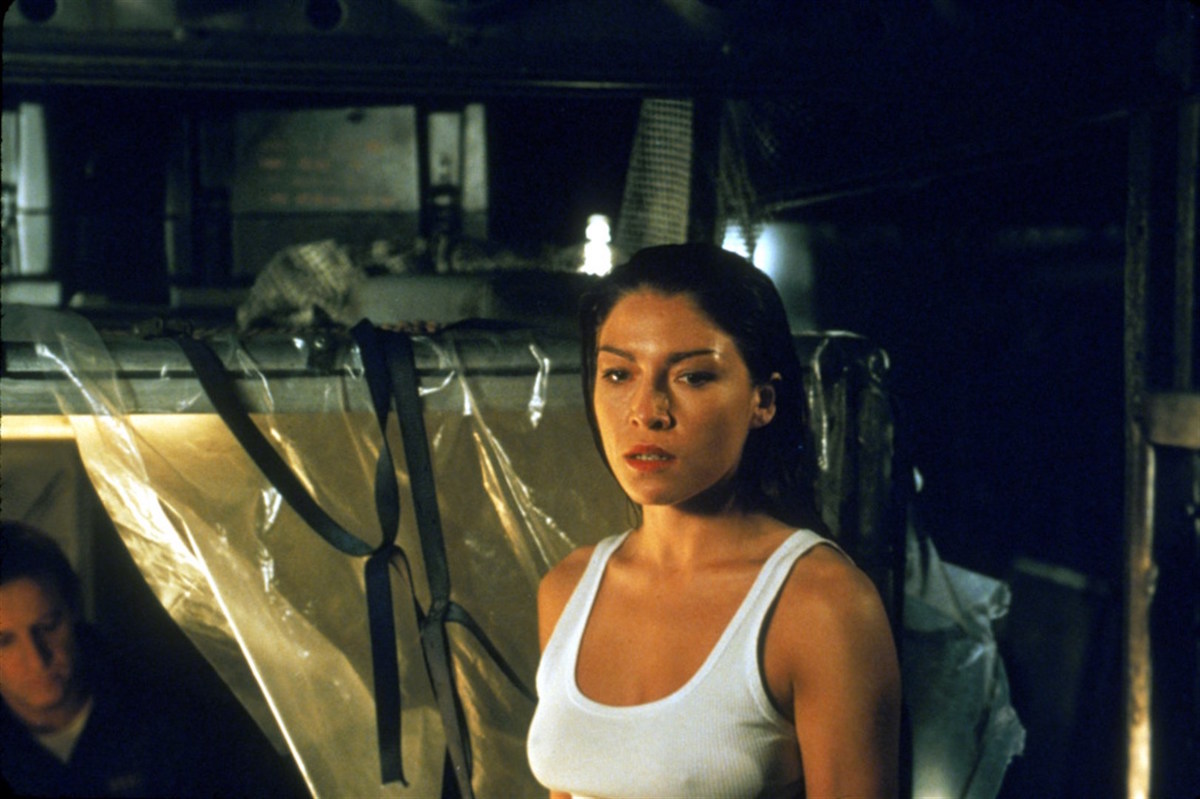
Fortress 2: Re-Entry
Christopher Lambert’s other slightly less popular franchise, Fortress, was early ‘90s sci-fi at its best. He played John Henry Brennick, a hardworking family man who along with his pregnant wife ends up locked up in a seemingly inescapable high-tech prison equipped with all kinds of gadgetry capable of controlling inmates through pain or even death.
Without spoiling too much, the Brennicks do eventually succeed in breaking out of the prison to safety and freedom, which created something of a problem when the film’s surprise success sparked calls for a sequel. How do you go about following up a film about an inescapable prison that proved entirely escapable? For the makers of Fortress 2: Re-Entry, the answer was simple: you put him in a new prison–a prison in space.
read more: Best Sci-Fi Movies of the 21st Century
Perhaps that’s why the Fortress franchise came to a halt there and then. Where can you possibly go from escaping a seemingly inescapable prison in space? In the case of Lambert, the answer was back to the Highlander movies.
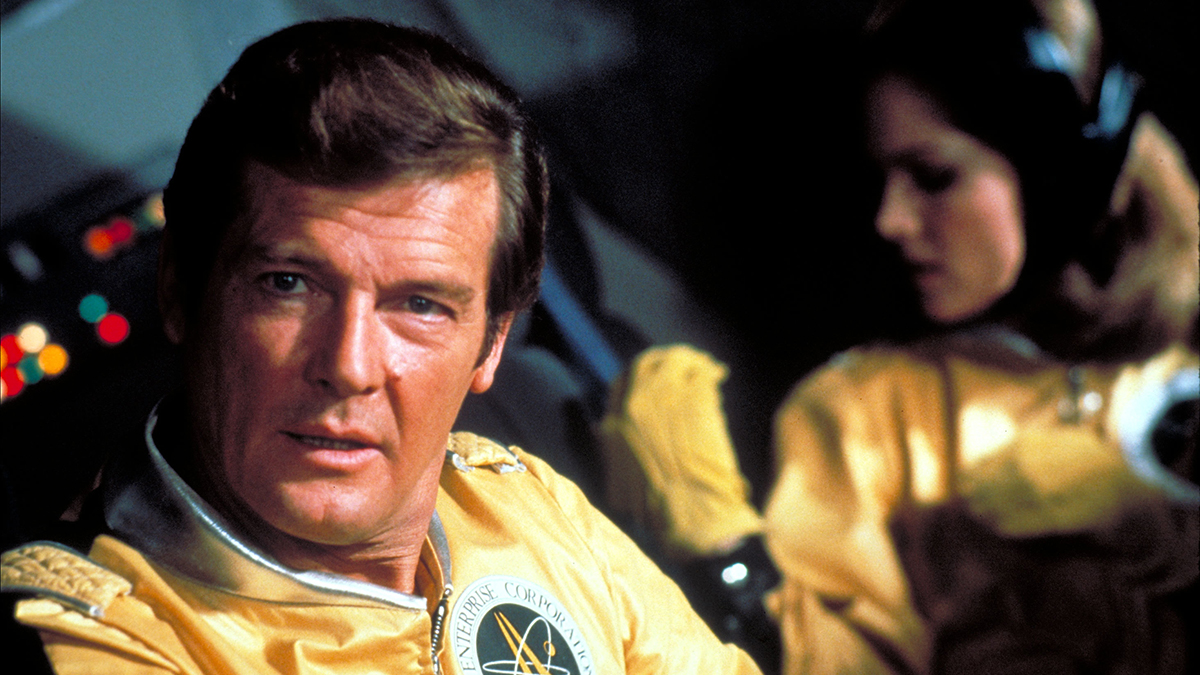
Moonraker
Roger Moore’s tenure as James Bond was characterized by over-the-top action and campy humor. Moonraker ranks as arguably the best example of both and is an enjoyable, if daft, entry in the 007 canon that sees the action head into space. This time Bond is up against billionaire Hugo Drax (Michael Lonsdale) and a frankly bonkers scheme to wipe out humanity using a fleet of space shuttles emitting a deadly poison gas. Drax plans on then repopulating Earth with genetically modified humans.
It’s a plot that culminates with 007 donning a spacesuit before heading to Drax’s giant invisible space station (cloaking device, of course) for a showdown featuring zero gravity, space lasers, and Jaws (Richard Kiel), who goes from fearsome foe to friend after finding love.
Created in reaction to Star Wars, Moonraker garnered mixed reviews but its special effects earned the film an Oscar nomination while it was the highest-grossing James Bond film in the series until 1995’s GoldenEye. It also boasts a killer sex pun involving Bond “attempting re-entry.”
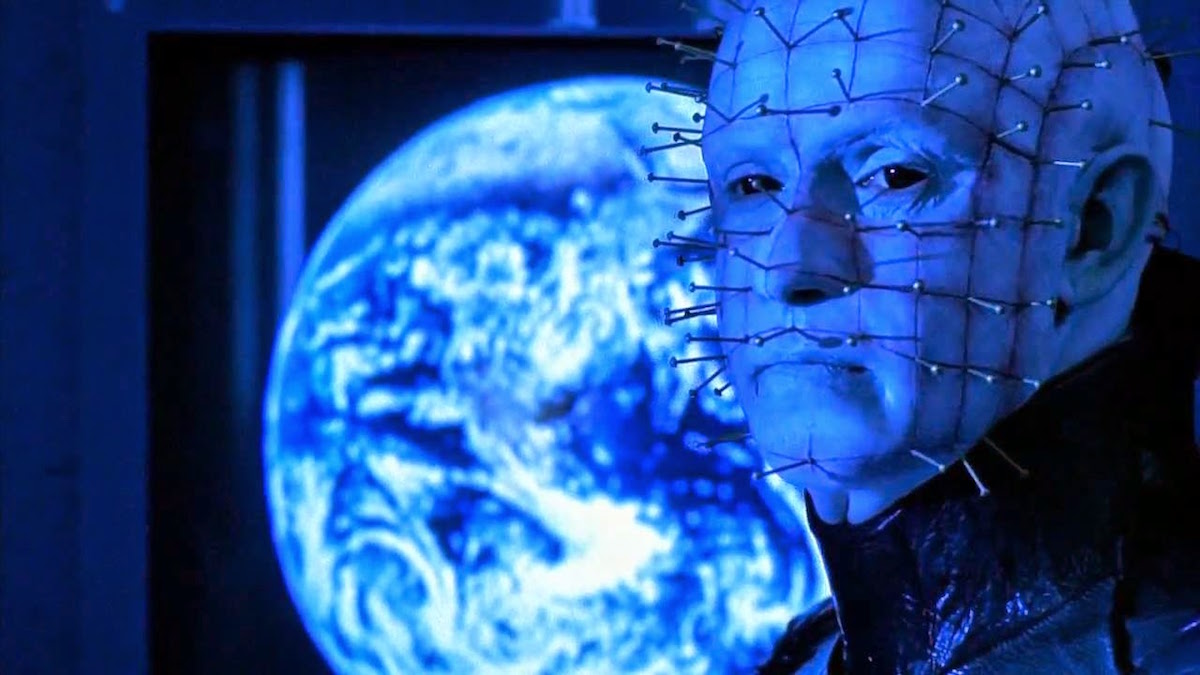
Hellraiser: Bloodline
The most troubled entry on this list, Hellraiser: Bloodline holds the distinction of being both a sequel and prequel to the previous three films featuring everyone’s favorite sadomasochist monster, Pinhead. It begins in space in the year 2127 with a scientist regaling a group of armed guards aboard a space station with a tale dating back centuries, explaining how his ancestor created the puzzle box that unleashed Pinhead Cenobites.
Things go downhill from there with the story flashing back to 1796 and then 1996. Matters were not helped by the fact the film underwent some drastic post-production changes, with original director Kevin Yagher departing after Miramax demanded reshoots. Joe Chappelle was brought in, earning a directing credit while Yagher was so upset with the final version, which cut 25 minutes of footage, he asked for his credit to go to Alan Smithee–an alias used by directors who want to go uncredited.
read more: Ranking the Hellraiser Movies
The real shame is that, despite going into space, the film spends little time there, with the fleeting glimpse of what was an appealing idea.
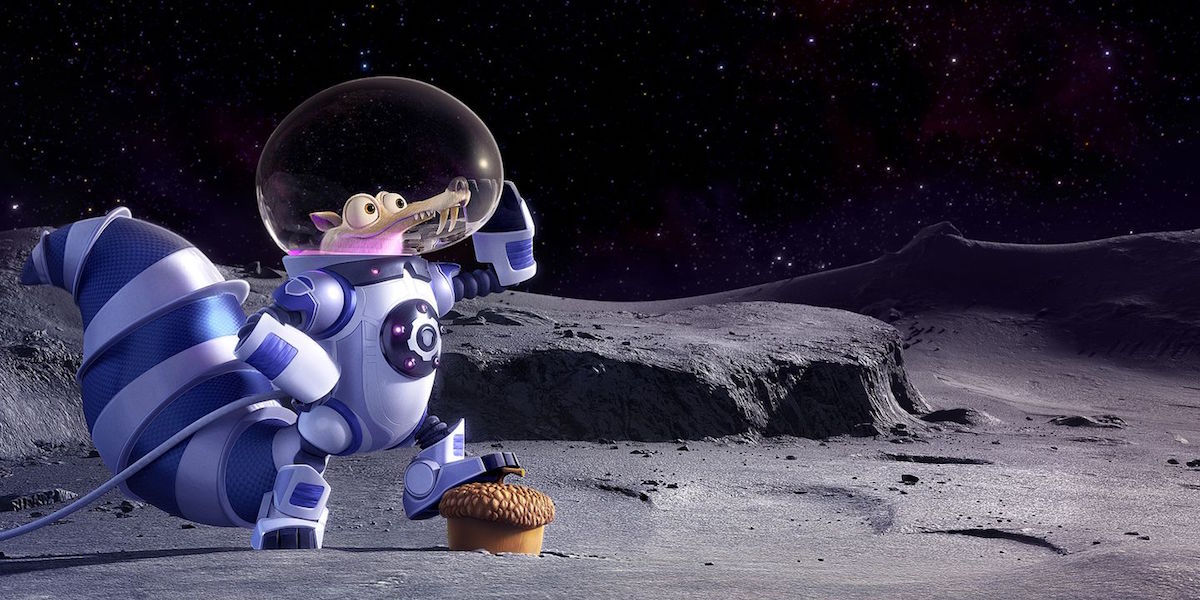
Ice Age: Collision Course
Though it might seem difficult to imagine given Ice Age’s prehistoric setting, the seeds of the idea for sending the franchise’s animated collection of furry, friendly and super extinct mammals into space were sewn way back in the first film when the gang spot a spaceship encased in ice.
It took them a little while to return to the idea of course–five films to be precise–and its fair to say the film doesn’t quite stick the landing. When the movie’s go-to slapstick comedy character Scrat, the sabretooth squirrel, activates the aforementioned abandoned alien ship and heads out into space, all hell breaks loose. Or rather, several asteroids. It’s then up to the gang to work out a way of stopping them and preventing the end of the world as they know it.
read more: Pixar Movies on Disney+ Streaming Guide
Stretching the wafer-thin conceit of the Ice Age films to the very limit with magic asteroid rocks and immortal beings, Ice Age: Collision Course still cleaned up at the box office. Nonetheless, most critics and onlooking parents/carers were left rooting for the space rocks to clean house.
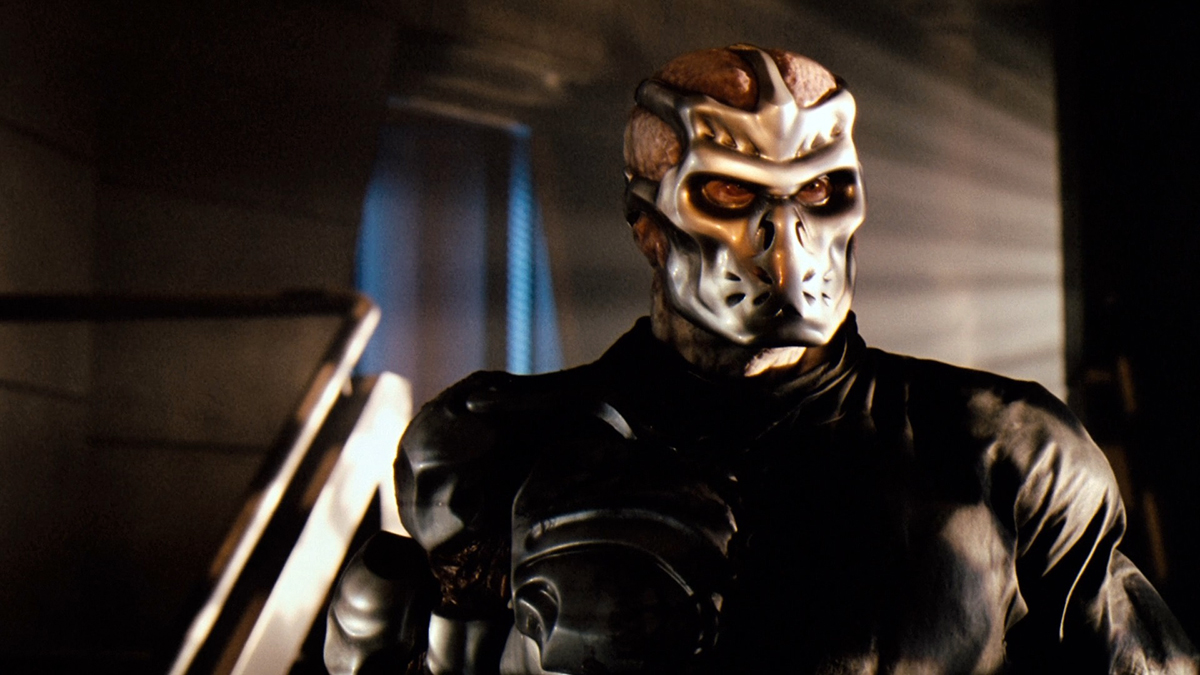
Jason X
After eight largely formulaic stalk-and-slash efforts starring everyone’s second favorite masked serial killer, Jason Voorhees, New Line Cinema assumed control of the Friday the 13th franchise. While the ninth version saw the Jason legend take a more supernatural turn, things got decidedly sci-fi for Jason X, the 10th film in the series. The brainchild of writer and eventual star Todd Farmer, Jason X only got the greenlight after New Line’s ambitious plans for a Freddy Krueger/Jason Voorhees crossover were hit with delays. In the interim, a space-based sequel that would, crucially, feature without disrupting the timeline and continuity came about.
Even then the release date for Jason X was pushed back several times, sparking fears it could be the undoing of the franchise. The jury is still out on the results too. Made in Canada on a modest budget, there is plenty to applaud about Jason X with the film’s witty lines, slick look, and inventive kill scenes enough to keep some fans happy.
read more: The Weird History of Friday the 13th Comics
However, the basic CGI visuals coupled with the campy space setting didn’t sit well with Camp Crystal Lake purists, with the film going on to make only a modest return at the box office. Any lasting damage was erased, however, with the eventual release of Freddy vs. Jason a few years later.
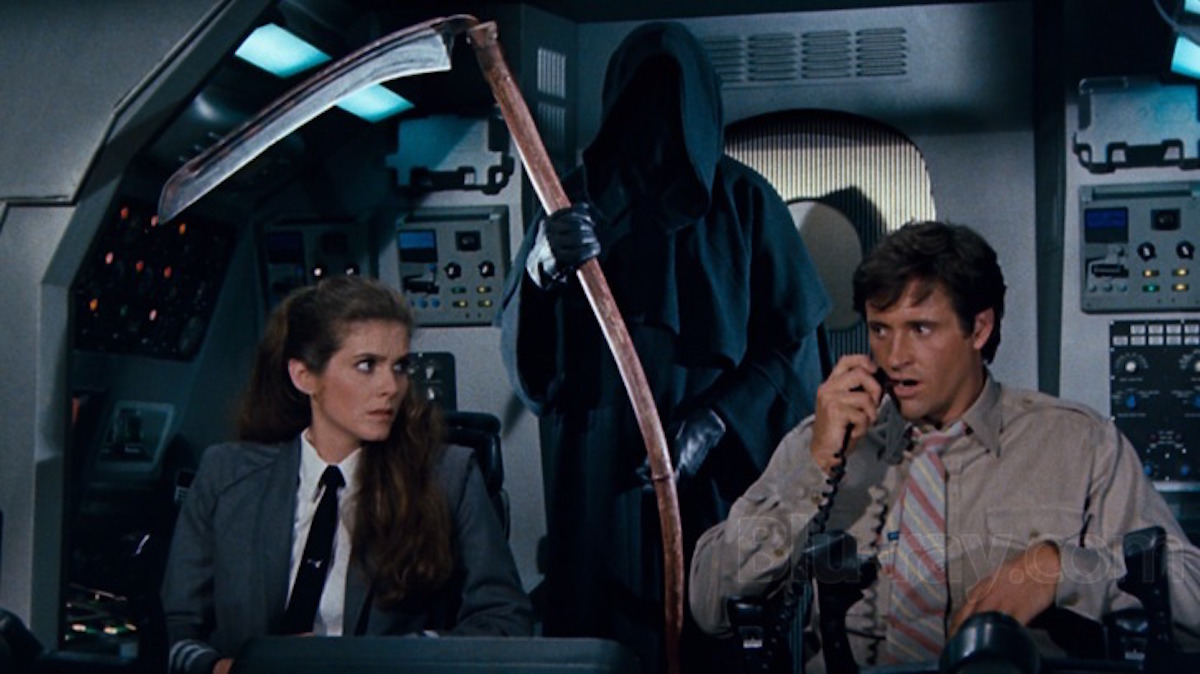
Airplane II: The Sequel
The legendary comedy writing team of Jim Abrahams along with David and Jerry Zucker were absent for this space-based sequel to the inspired 1980 spoof of the Burt Lancaster disaster movie Airport. While it doesn’t quite live up to the original, there are enough sight gags, puns and one-liners in the first 10 minutes alone to keep fans happy while the return of main cast members Robert Hays, Julie Hagerty, Chad Everett and Lloyd Bridges ensures it is not too bumpy a ride.
There’s also the added bonus of William Shatner as Commander Buck Murdock, the lunar base chief who comes to the rescue of Hays’ Ted Striker and his shuttle of passengers heading straight for the sun.
read more: Best Comedy Movies on Netflix
Poking fun at his Star Trek persona, the film offers a glimpse of the charisma and comic timing that has made Shatner something of a raconteur in more recent years. Though it feels a little less fresh than the original, that feels entirely intentional: Inside the cockpit of Airplane II: The Sequel beats the heart of an intelligent comedy movie not only spoofing the disaster movie but also the conventions of sequels as we know them.
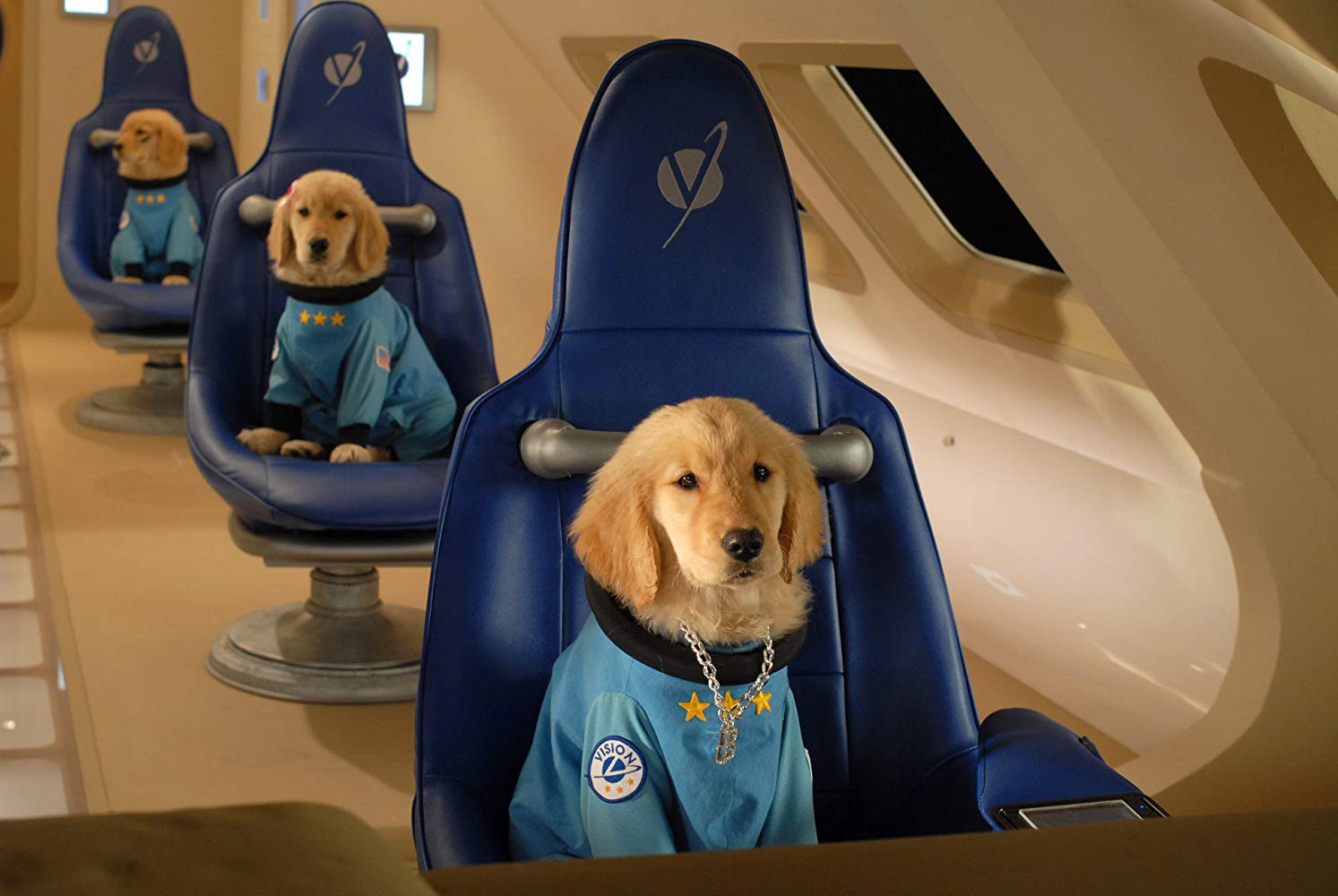
Space Buddies
The Fast & Furious of dog movies, the Air Bud phenomenon actually began life as a one-off segment on America’s Funniest Home Videos starring a cross-bred golden retriever by the name of Buddy who had been training to shoot basketball hoops. His owner, Kevin DiCicco, was then approached about a film, with Disney’s Miramax eventually buying the distribution rights and Air Bud going on to make back more than nine times its original budget. From there, a straight-to-video kids’ movie dynasty was born, spanning five Air Bud movies, seven spin-off Air Buddies entries and a further two Santa Paws efforts.
read more: Best Movies on Disney+ Streaming Guide
In a franchise featuring the similarly outlandish tales of Treasure Buddies and Spooky Buddies, 2009’s Space Buddies remains the pick of the litter. In a cinematic universe featuring pirates and ghosts, it’s the notion that a group of canines could somehow stow away on a space shuttle for an intergalactic adventure that takes the proverbial dog biscuit. Still, there is one inspired 2001: A Space Odyssey reference for the adults to enjoy alongside all the cutesy dog-led antics.
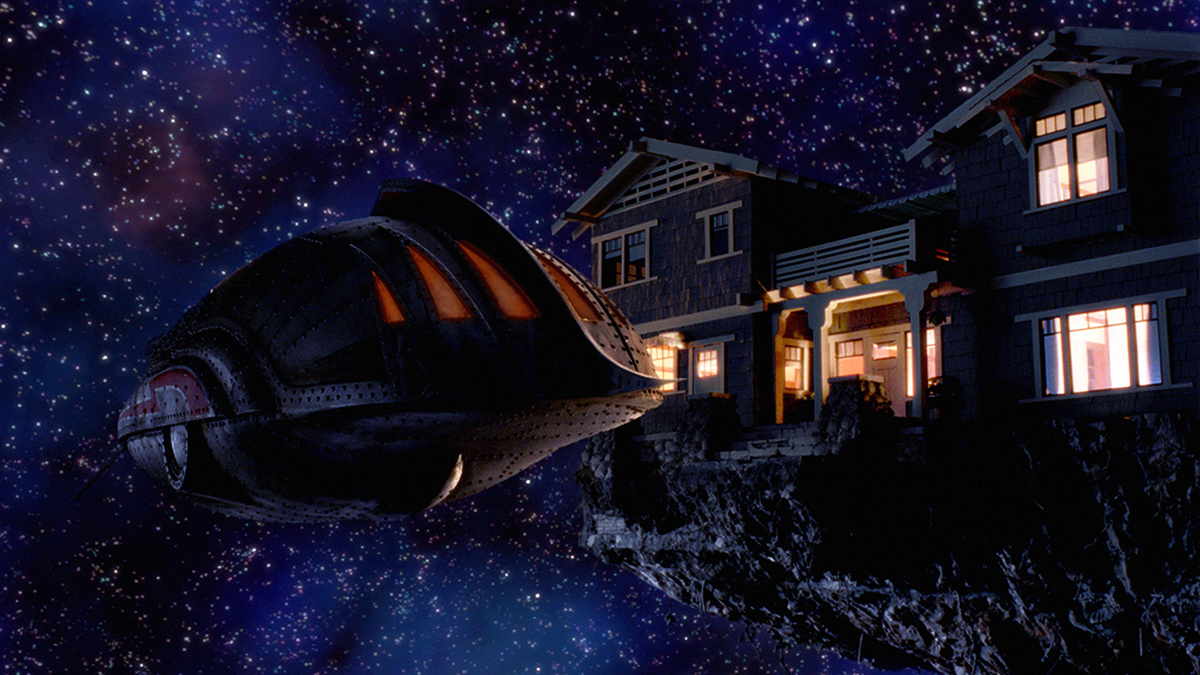
Zathura
Jon Favreau followed up his wildly successful festive effort, Elf, with this adaptation of Chris Van Allsburg’s sci-fi kids’ novel, Zathura. Though not a direct sequel as such, producers hit upon the fact the other previous adaptation of Van Allsburg’s work, Jumanji, shared some similarities with Zathura. Billed as the second instalment in the Jumanji franchise despite Favreau’s attempts at rebuffing such a suggestion, the story certainly shared similarities, albeit with one difference: they went into space.
read more – In Defense of Zathura: The Forgotten Jumanji Sequel
The story revolved around two brothers who discover a board game that transports them and their older sister (played by a young Kristen Stewart) into outer space. There they meet an astronaut, played by Dax Shepard, who serves as their guide while they attempt to complete the game. A box office flop upon release in 2005, Zathura struggled to compete with Harry Potter and the Goblet of Fire, which was released the same week, while the fact it was billed as ‘Jumanji in space’ hardly helped, with the absence of Robin Williams keenly felt by critics and audiences alike.
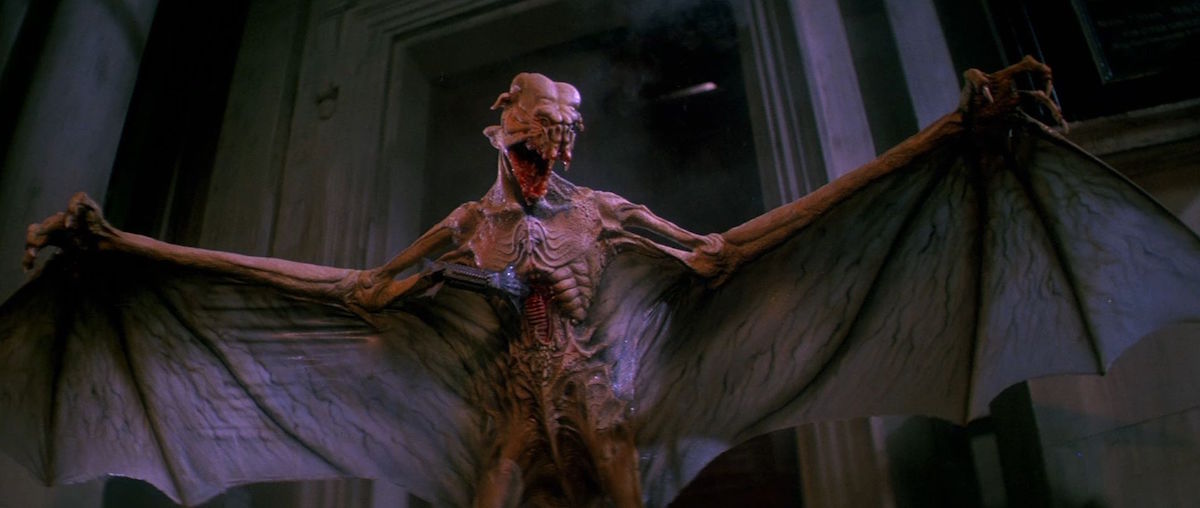
Dracula 3000
The passing of time may have left the futuristic vision of 2019 in Ridley Scott’s Blade Runner looking a little wide of the mark, but thankfully the makers of Dracula 3000 have no similar issues. After all, the world is likely to be a different place come the year 3000. Humanity may not watch movies by then, and they certainly won’t be watching Dracula 3000.
read more: Best Horror Movies on Amazon Prime
Despite the makers insisting the film was not intended as a sequel to Dracula 2000, the name is a dead giveaway. Regardless of this, the idea of a Dracula film set in space sounded like an intriguing idea on paper. In practice, however, and on a tight budget, it proved altogether different, with this effort starring Starship Troopers‘ alumni Casper Van Dien coming off as a bad Alien rip-off. Even the tagline of “In space, there is no daylight” seems to riff on it. In any case, Dracula 3000 garnered rank reviews with arguably the harshest describing it as an “insult to fragrant brown logs everywhere.”
Emmanuelle in Space
Trying to explain the phenomenal success of the Emmanuelle movies to a young cinemagoer these days is a tricky business. Very much a product of their time, these softcore erotic efforts cleaned up at the UK box office long before the internet. Starring Dutch model and actress Sylvia Kristel, the films followed Emmanuelle on a series of steamy adventures. It also made history in the UK with the original becoming the first adult film to play in British cinemas following some pretty liberal edits. It was a different time.
read more: The Steamiest Erotic Thrillers of the 1990s
A grand total of seven movies were made before Kristel hung up her boots from the franchise. In her absence, the antics took a surprising turn with Emmanuelle in Space. Krista Allen replaced Kristel in a role that saw her tasked with teaching a group of aliens who land on Earth all about sexuality.
Released back in 1994, Emmanuelle in Space was a series of seven made-for-TV movies that traded heavily in tongue-in-cheek innuendo and increasingly creative zero-gravity sex scenes. It proved to be the final frontier for the franchise, with the arrival of the world wide web rendering it obsolete.
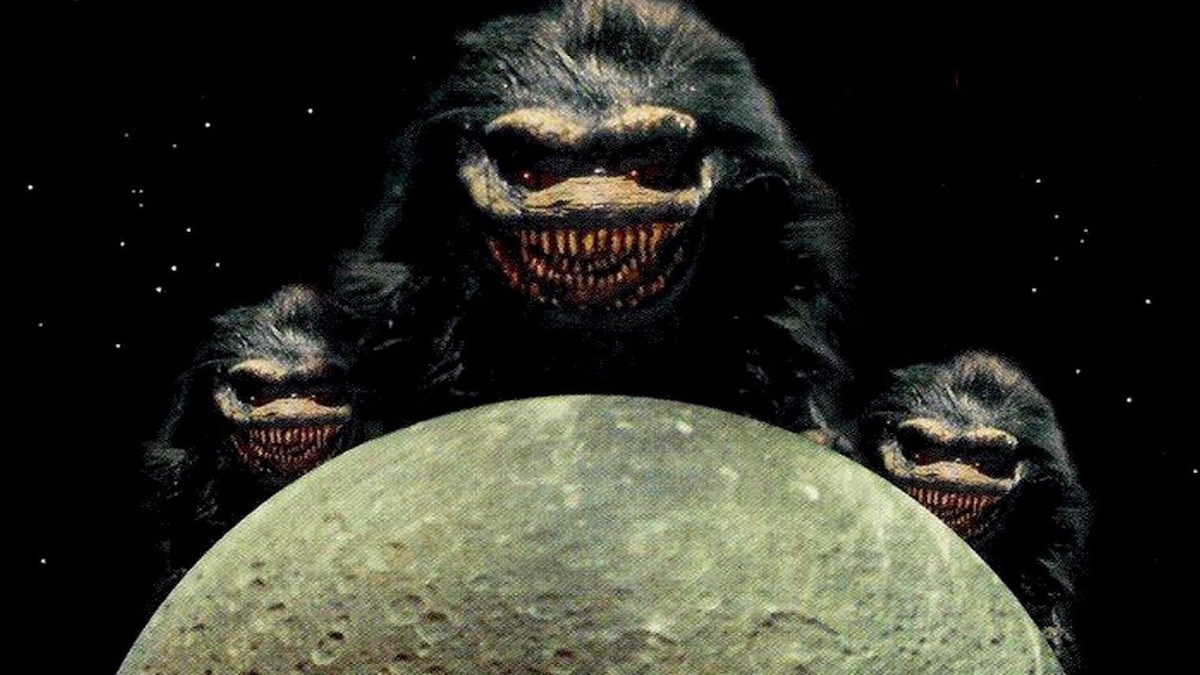
Critters 4
Following in the footsteps of Leprechaun and Hellraiser by having a fourth instalment set in space, the Critters movies essentially served as a nastier, gorier version of Gremlins. This addition looked set to at least shake things up though by taking the action away from Earth and out into deep space. The plot saw the carnivorous alien furies awake aboard a space station having been cryogenically frozen some 50 years earlier. But any interesting ideas soon descend into the kind of subpar Alien imitations that became all too common in the late 1980s and 1990s.
It’s a shame too, given the intriguingly eclectic cast, which includes Twin Peaks star and David Lynch collaborator Eric Da Re alongside Child’s Play star/creepy character actor Brad Dourif, and a pre-fame Angela Bassett.
read more: Critters and the ’80s Golden Age of Monster Comedies
Critters 4 defied its intriguing sci-fi premise to deliver an entry that proved tired and all too predictable–and the fans agreed. Released straight to video in 1992, Critters 4 underwhelmed to the extent that the entire franchise ground to a halt–it would be 17 long years before another Critters film was made. Yay?